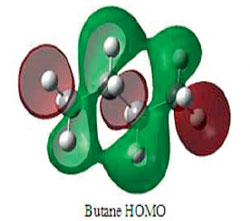Romanian scientists have discovered a novel approach for the optical manipulation of macromolecules and biological cells. Their findings, published in EPJ B, stem from challenging the idea that visible light would induce no physical effect on them since it is not absorbed.
 Comorosan GreenPhotoBeams
Comorosan GreenPhotoBeams
Instead, Sorin Comorosan, working as a physicist at the National Institute for Physics and Nuclear Engineering based in Magurele, Romania, and as a biologist at the Fundeni Clinical Institute, Bucharest, Romania, and colleagues, had the idea to use green photon beams. With them, it is possible to perform optical manipulation of macrostructures, such as biological proteins, with greater precision than with optical tweezers made from focused laser beams.
The authors used what are known as high-density green photon beams (HDGP). These are capable of inducing a polarisation effect, separating the positive from the negative charges within complex macrostructures. As a result, the polarised structures interact with an external electromagnetic field and with one another. The authors experimented with long carbon chains, which represent the framework of biological macromolecules. They then used a range of physical techniques to reveal the locally induced molecular arrangements.
Comorosan and colleagues found that the effect of the beam leads to a type of matter called ‘biological optical matter.’ It includes newly organised material structures, such as molecular aggregates and micro-particles, and can feature new characteristics such as antioxidant properties. The authors realised that this approach covers a larger area than focused tweezers and is capable of organising so-called mesoscopic matter—ranging from the nano to the micrometric scale— into a new 3D molecular architecture.
They then performed numerical calculations on a physical model they developed to compute the interacting force between polarisable bodies. Further study of the interaction of these polarised proteins with the body’s unpolarised proteins could have far-reaching applications in immunology, genetics and epigenetics.
Reference:
S. Comorosan et al., (2013), Optical manipulation of complex molecular systems by high density green photons: experimental and theoretical evidence, European Physical Journal B 86: 232,
DOI 10.1140/epjb/e2013-40049-8